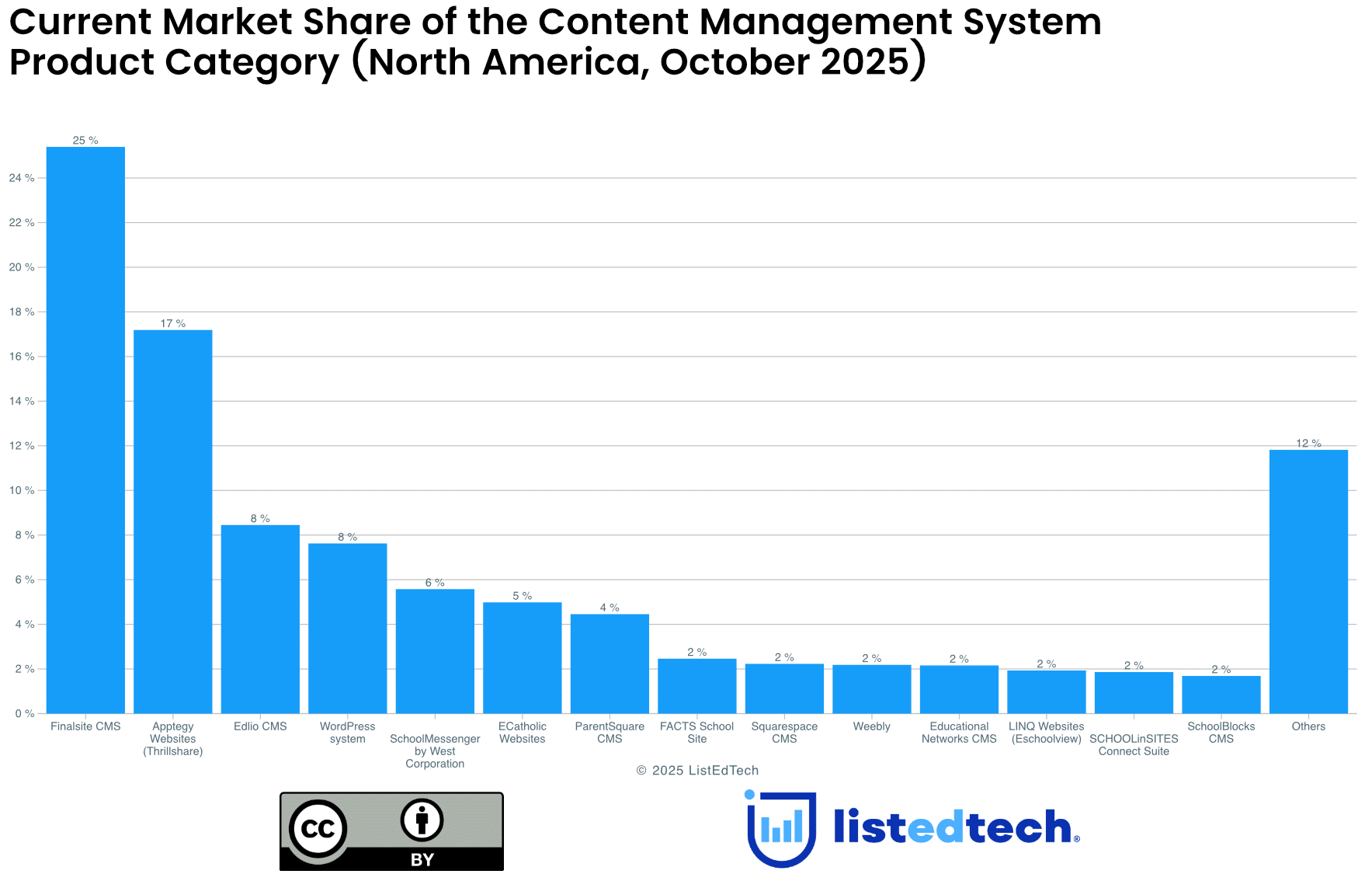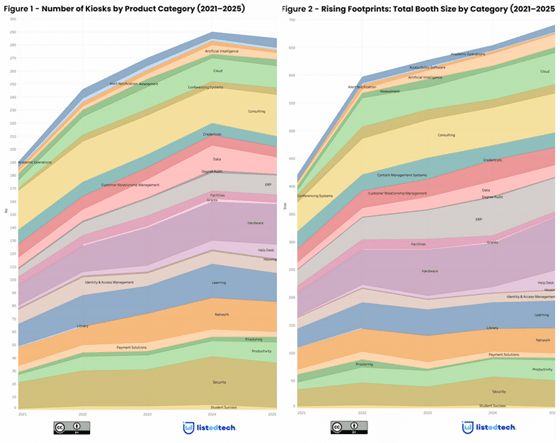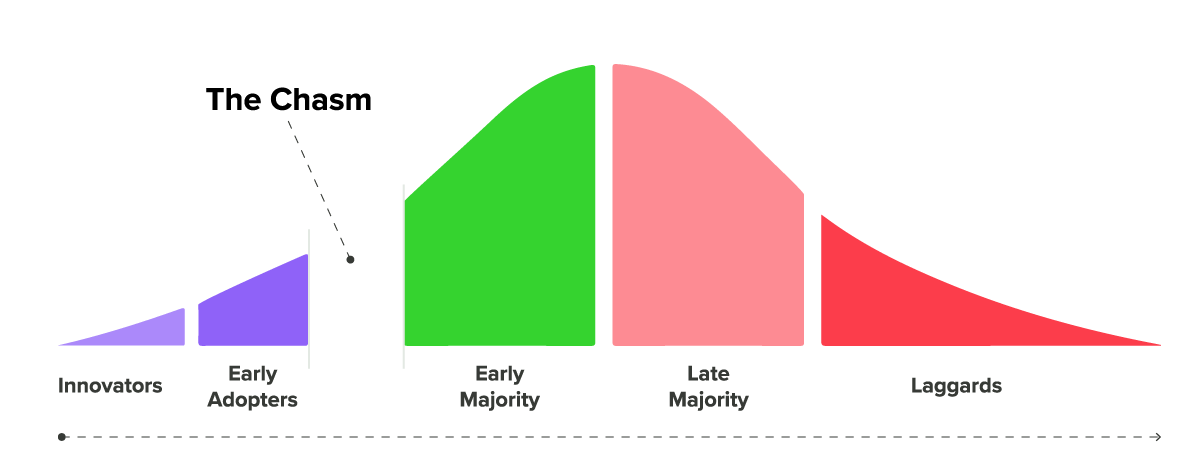
The article is Cross-posted at Moran Technology Consulting
By: Charlie Moran, Sr. Partner & CEO, Moran Technology Consulting Justin Menard, CEO, ListEdTech
In previous posts, I’ve discussed that the downward trend in new SIS implementations. We’ve also examined how the institutions that are implementing new SIS products are largely moving to cloud-based systems. In this post, lets dig in to see who these early adopters of cloud SIS?”.
We’ve been working with ListEdTech for data for our analysis. The data clearly show that smaller institutions, especially very small institutions with enrollments less than 2000, have been the earliest adopters of cloud (and hosted) SIS products. The trend is ongoing and started with early hosting agreements as far back as 2009.
You’ll notice that the trend is evident for larger institutions as well, although a bit delayed. The total number of SIS installs in larger schools is small – barely a handful of new implementations in 2017 and 2018. Given that, we’ll focus the rest of this column on small schools.

Why would smaller schools be early adopters? Reasons vary by institutions, but here are many of the reasons that we have heard from our clients:
They cannot afford the ongoing capital and operating costs of hardware, software, and facilities to maintain on-prem administrative systems. They’d rather have their skilled staff support the analytics needs of the institution (rather than the operational day-to-day efforts), and the needs of the academic mission.
Skilled IT resources are getting harder to find and are even harder to afford. In today’s business climate, nearly every institution is having difficulty finding and retaining skilled IT staff.
Operating costs may be much higher for cloud and hosted products in some situations, but the costs are consistent and easier to budget.
Casey Green of The Campus Computing Project has published about the ongoing trends of annual and mid-year budget cuts for IT departments across the county. Among the survey results;
Fully two thirds (68 percent) of the fall 2018 survey participants report that campus IT funding has not recovered from the recurring budget cuts that began for most institutions with the “Great Recession” in fall 2008.
Four-fifths (79 percent) of the survey participants report that their campus “has a difficult time retaining IT talent because salaries and benefits are not competitive with off-campus job opportunities.
Some CIOs have also shared with us that it is much more difficult to cut spending on subscription IT services than for hardware and software, so falling behind on new releases becomes a rare exception, not the rule.
Smaller schools are less complex, and their administrative processes are often quite similar, making the product development scope less complex. Vendors will select smaller schools as design partners for product development, in hopes of getting the bulk of the SIS requirements without the further complexities of larger institutions.
Lastly, because of demand and changing technologies, most SIS providers are rewriting their products as cloud-only or with the expectation that the offering will be managed off-premises.
These factors have had a much more rapid impact on smaller institutions with smaller budgets and staffing than larger institutions with greater resources. Purchasing and transformation trends seem to bear that out.
In an upcoming post, we will explore the financial considerations that drive the trend of cloud-based computing in higher education.


